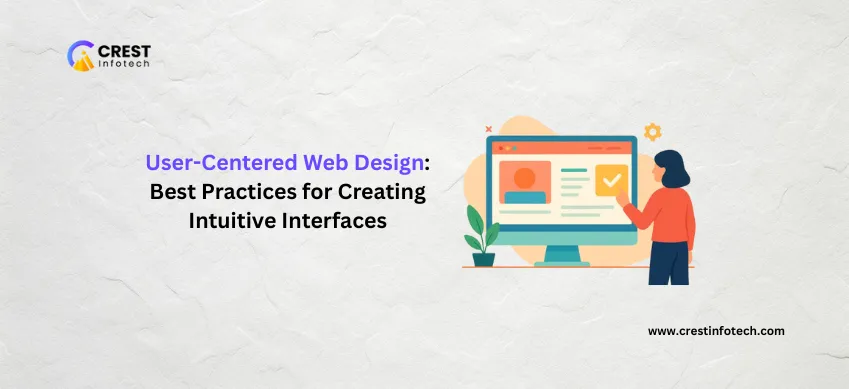Designing a beautiful website isn’t enough — it needs to be easy to use, understand, and navigate. User-centered web design focuses on creating intuitive experiences by prioritizing the needs, behaviors, and expectations of your audience. Here’s how to design with users in mind from the very beginning.
Start with User Research
Understand who your users are, what they need, and how they behave online. Conduct surveys, interviews, and usability testing to gather real insights. Tools like Google Analytics, Hotjar, and user personas can help guide design decisions based on actual data instead of assumptions.
Create Clear User Flows
Map out how users move through your website — from landing to conversion. Make sure each step in the flow is obvious, streamlined, and friction-free. Think about what the user wants to do next and guide them there effortlessly.
Design with Simplicity and Clarity
Intuitive design means less clutter and more clarity. Avoid overwhelming users with too many options, dense text blocks, or complicated interfaces. Use plenty of white space, legible typography, and a logical content hierarchy to make scanning easy.
Use Familiar Patterns
Users rely on established design conventions. Navigation menus, search bars, CTA buttons, and forms should function the way users expect. While creativity is important, breaking key UX patterns can lead to confusion and frustration.
Prioritize Accessibility
User-centered design is inclusive. Make sure your website is accessible to everyone, including users with disabilities. Use proper heading structures, alt text for images, keyboard navigation, and sufficient color contrast to meet WCAG standards.
Make Interactions Obvious
Clickable elements should look clickable. Use visual cues like buttons, hover effects, and feedback states to show users what actions are available. Don’t leave users guessing — confirm their interactions with animations, confirmations, or subtle transitions.
Optimize for Mobile First
Design for smaller screens before scaling up. Most users now visit websites on mobile devices, so ensure your layout, buttons, and content scale properly. Prioritize core content and actions that mobile users care about most.
Test and Iterate Frequently
User-centered design is an ongoing process. Use A/B testing, session recordings, and heatmaps to observe how people interact with your site. Iterate based on feedback and performance data to continuously improve usability and engagement.
Final Thoughts
Designing intuitive interfaces starts with empathy — understanding what users need and how they think. By applying user-centered design principles, you create websites that not only look great but also guide users toward their goals with confidence and ease. In a digital world full of choices, intuitive design is your competitive advantage.



